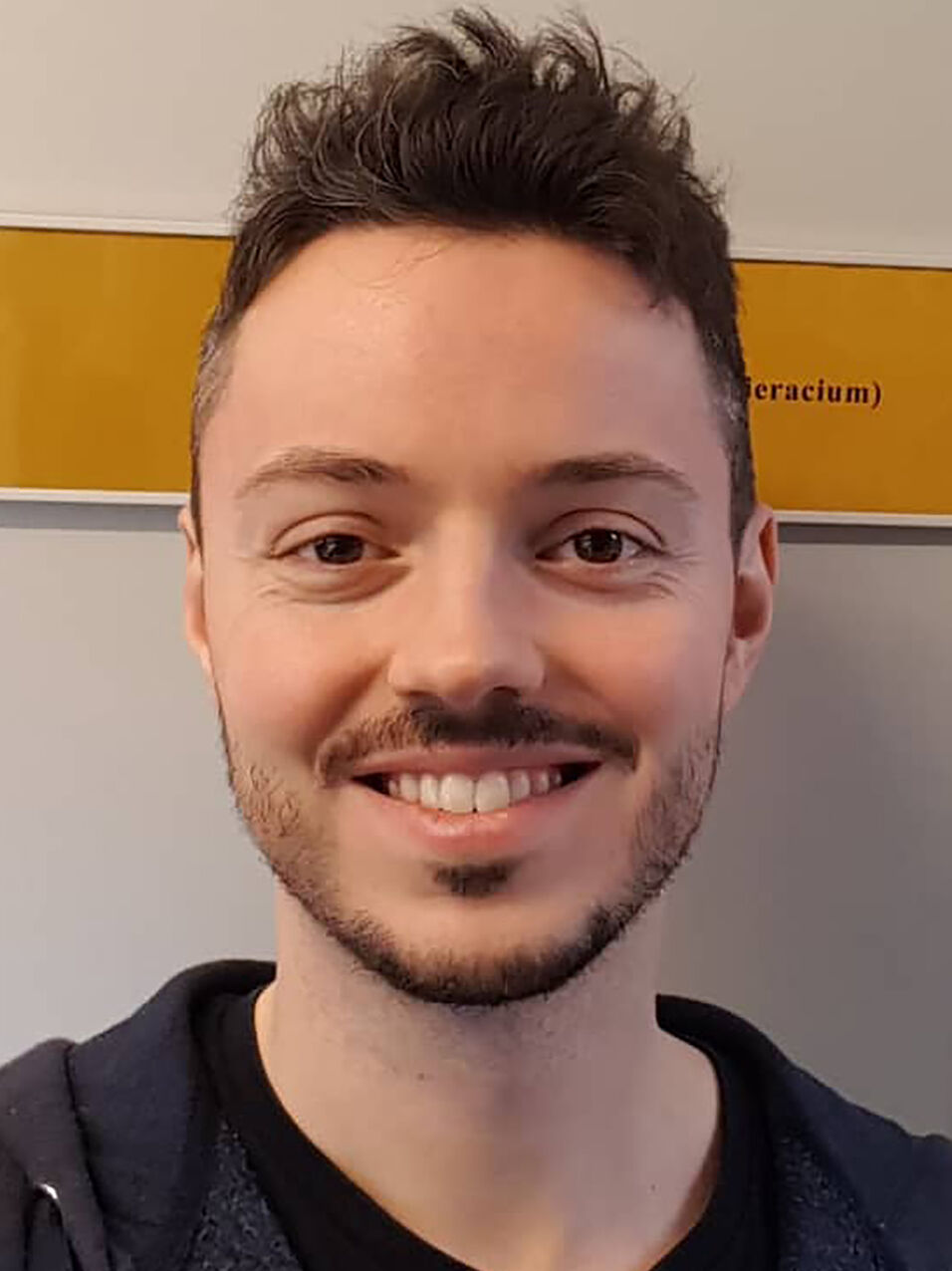Advisor: Günter Gollmann
Master's Defensio - Tuesday, June 6th 2021, 14:30, UBB, Seminarraum 5.1
Abstract
The amphibian fauna of the Natura 2000 nature reserve “Traun-Donau-Auen” near the city of Linz, Upper Austria was investigated over the course of the activity season 2022, regarding distribution and abundances, as well as the hydrological conditions in the area. The obtained data was used to evaluate the spawning sites of the amphibians. Furthermore, the results were compared to those of the investigations in 1998 and 2006 (Weissmair, 1999 & 2007) to illustrate trends in the development of each amphibian species, as well as the spawning sites. Additionally, recommendations for conservation measures were given. The investigation was carried out between February and September and the methods used included counting on sight, counting males via their mating calls and the usage of modified bow-nets. Moreover, the population sizes of Bombina bombina and crested newts were estimated by using the capture-recapture-method. Results showed that nearly half of the waterbodies have dried out since 1998, but the number of important spawning sites has nearly doubled. The population of Rana dalmatina has increased strongly and the populations of crested newts and B. bombina have remained stable. The population of Hyla
arborea has continued to decrease to an all-time low. Although no Pelobates fuscus individuals could be observed in 2006, they were encountered again in 2022, but for the first time Bombina variegata individuals were not found at all. Further research and the implementation of conservation measures will be necessary to ensure the survival of the amphibian fauna there.

